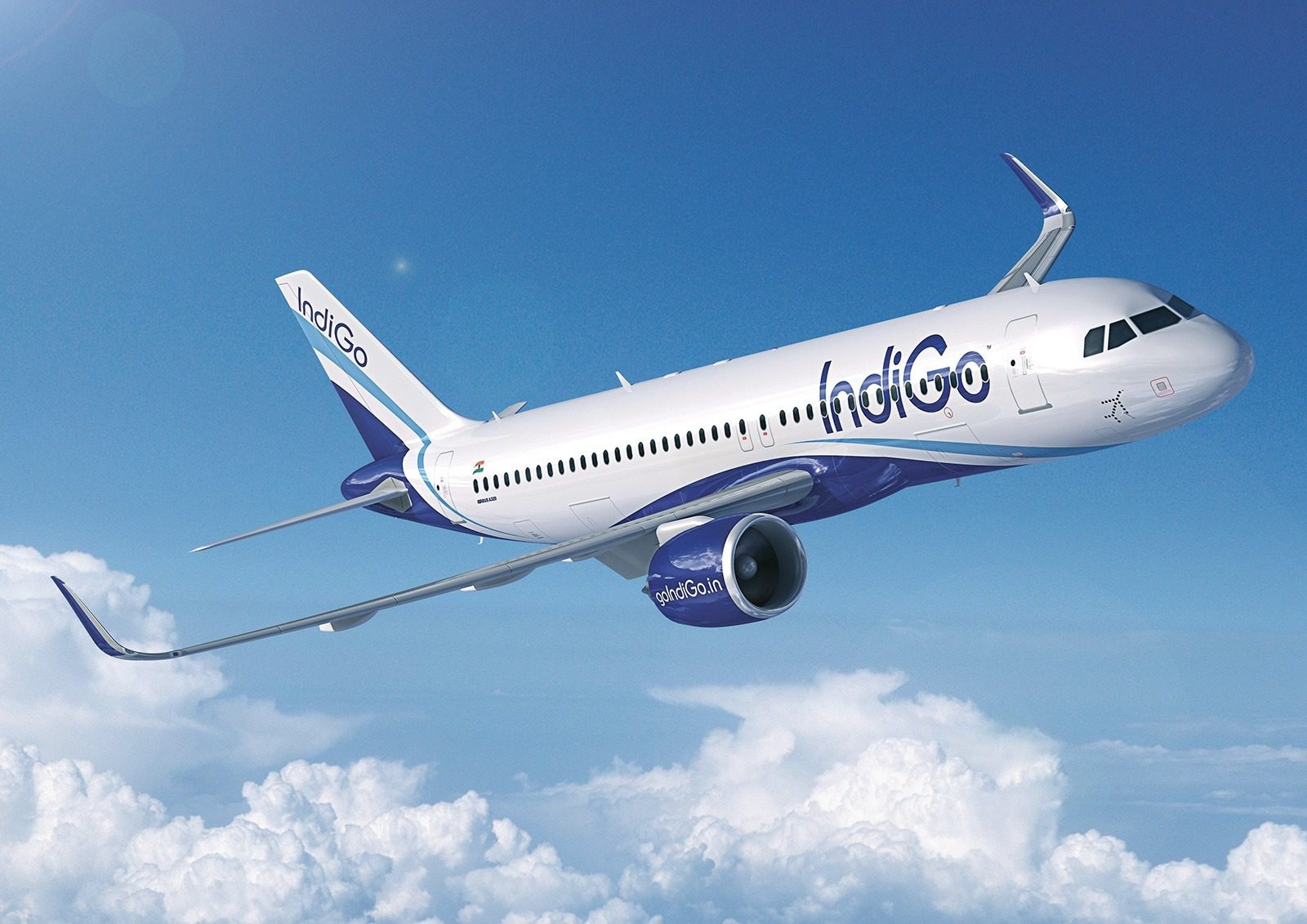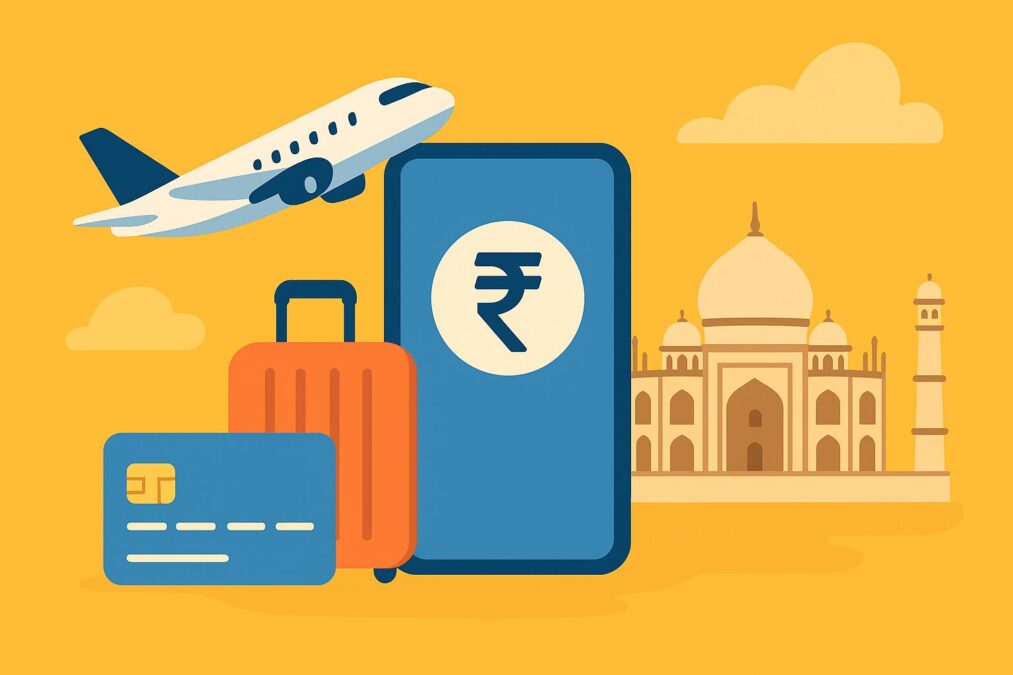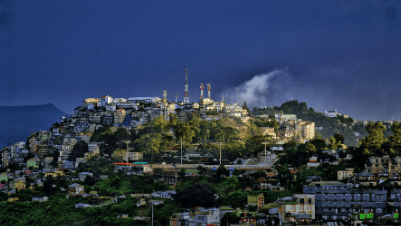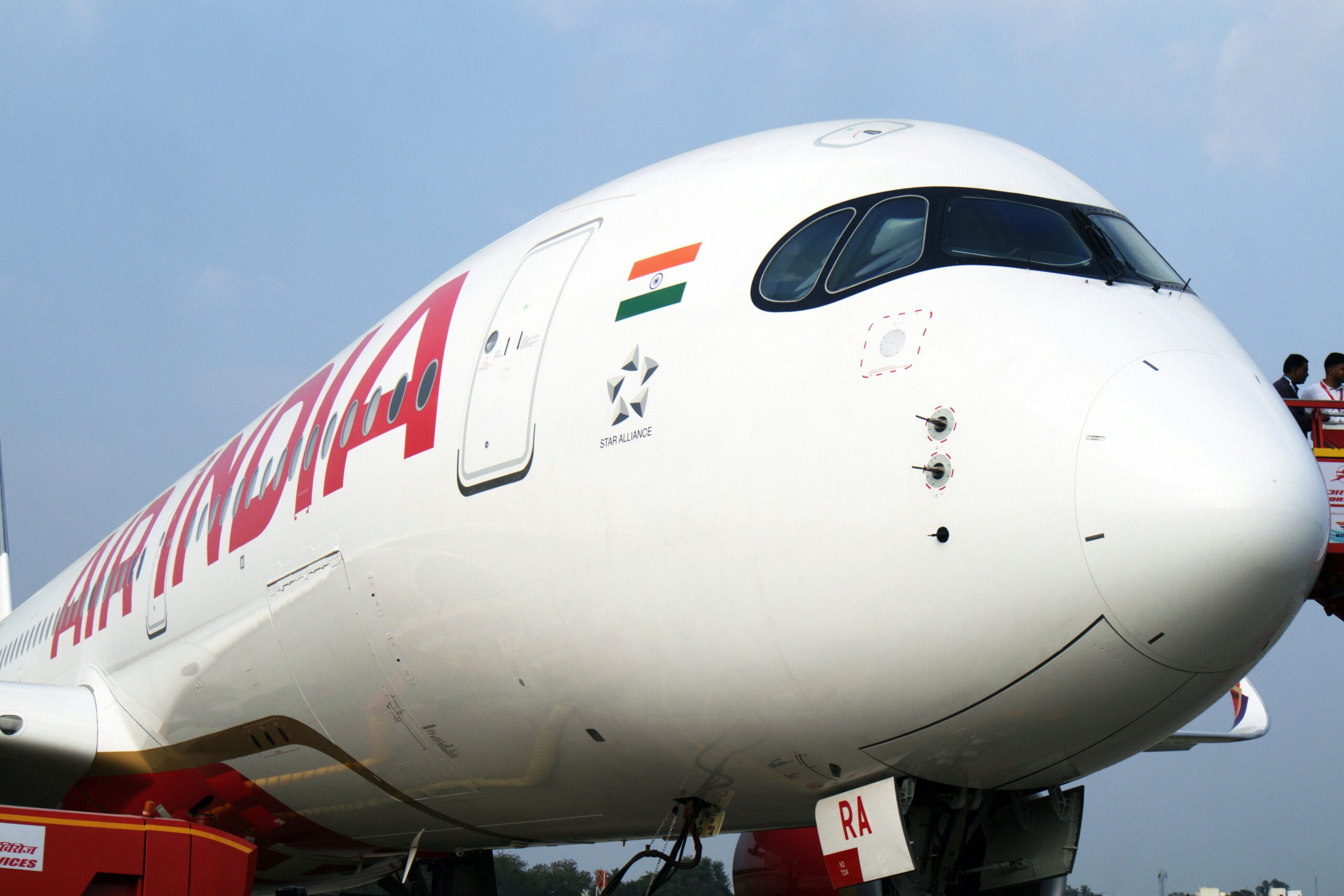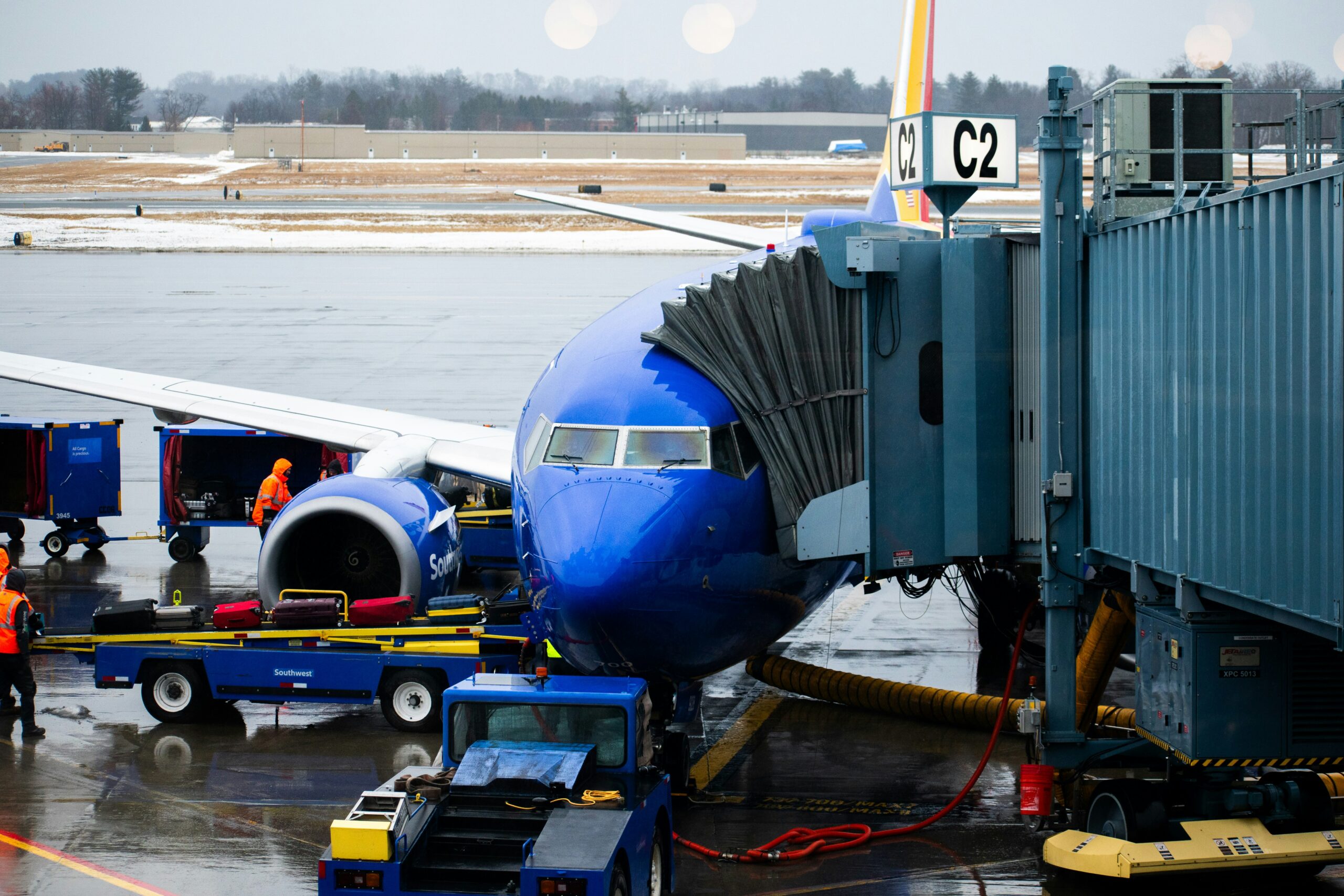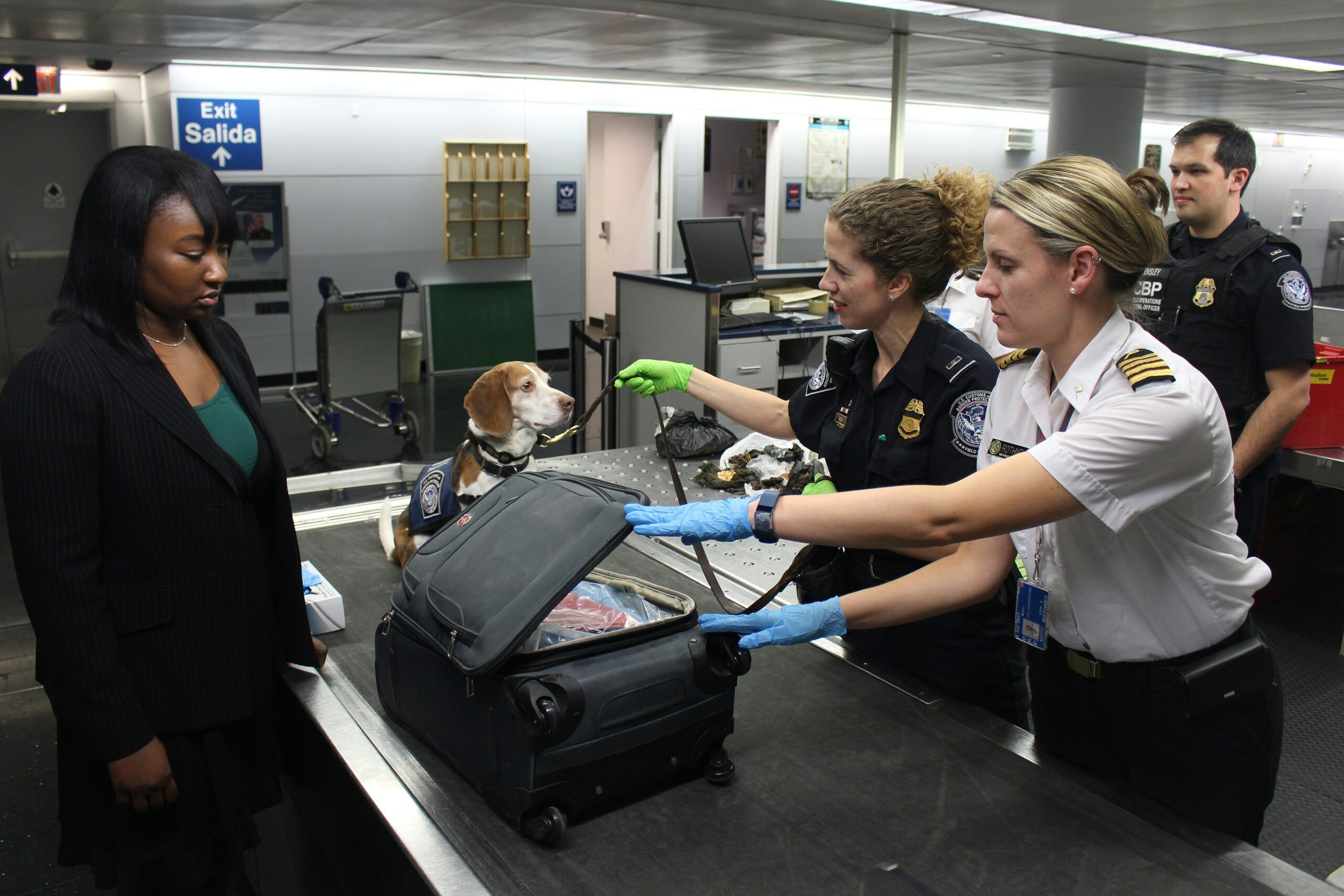Category: Trending
Shashwat Foundation: All WOMAN Team Beacon of Hope for Animal Welfare
In a world where animals often suffer neglect, cruelty, and abandonment, the Shashwat Foundation stands as a beacon of hope and compassion. What began as a humble WhatsApp group of passionate animal lovers has now evolved into a full-fledged animal welfare organization, dedicated to protecting and advocating for the rights of animals. This all-woman team, driven by an unshakable commitment to kindness and care, has created a safe haven for countless animals in need.
South African Tourism India Roadshow 2025: A Gateway to Exciting Travel Opportunities
From the stunning coastlines of Cape Town to the thrilling safaris of Kruger National Park, South Africa offers an array of experiences that captivate travelers worldwide. This roadshow is your chance to uncover the wonders of this incredible destination and enhance your offerings for Indian travelers.
Air India Launches ‘ZipAhead’ for Priority Check-In & Baggage Handling
Air India has introduced ‘ZipAhead’, a paid service designed to offer priority check-in and baggage handling for Economy Class passengers on domestic flights. This initiative is aimed at time-sensitive travelers who typically do not have access to priority services, ensuring a smoother airport experience.

